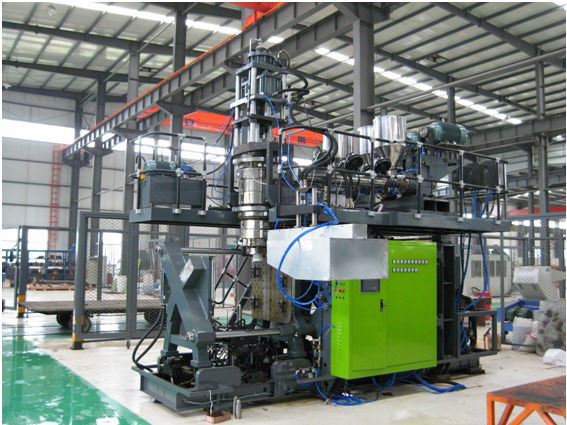The Thickness Control System of Plastic Extrusion Blow Moulding Machine Made by China Factory

The automatic blow moulding machine of China factory named KingPlas is an increasingly important plastic product moulding and processing machine with increasing usage. People's requirements for it are constantly increasing, and its output is also increasing with the economic growth of our country. However, one of its core technical links: wall thickness control system, there is no reliable moulding products in China, which is heavily dependent on foreign imports, thus restricting the development of China's plastic machinery industry. Based on this situation, according to the requirement of wall thickness control of hollow blow moulding machine, the design and implementation of wall thickness distribution curve and wall thickness PID controller are proposed. In the design and implementation scheme, according to the principle of "theory guides practice, theory combines practice", a large number of theoretical, simulation and experimental studies have been carried out on wall thickness distribution curve and wall thickness PID controller algorithm, and it has been successfully applied in many domestic blow moulding machine manufacturers. The main contents of this paper are as follows: On the basis of studying the forming process requirements of hollow blow moulding machine, the key links of wall thickness control system design are pointed out. Algorithm design of wall thickness distribution curve and design of wall thickness PID controller. In the process of blow moulding of hollow blow moulding machine, the small and steep change of wall thickness distribution curve will cause great change of products, so it is required that the set points of wall thickness distribution curve should be continuously differentiable. Considering the smoothness and non-influence of each other, the Bessel curve interpolation method referring to the characteristics of B-spline is proposed in this paper. It not only satisfies the requirement of smooth transition of curve endpoints, but also overcomes the disadvantage of poor local control characteristics of natural spline interpolation method. The executive structure of the wall thickness control system is an electro-hydraulic servo system. The typical characteristics of the electro-hydraulic servo system are low damping, time-varying, non-linearity, greater inertia and lag. It is difficult to get a good mathematical model. It is difficult to use PID controller to control the wall thickness control system. The integral term of the conventional linear PID algorithm often leads to a larger inertia and lag. Large overshoot and long time fluctuation.